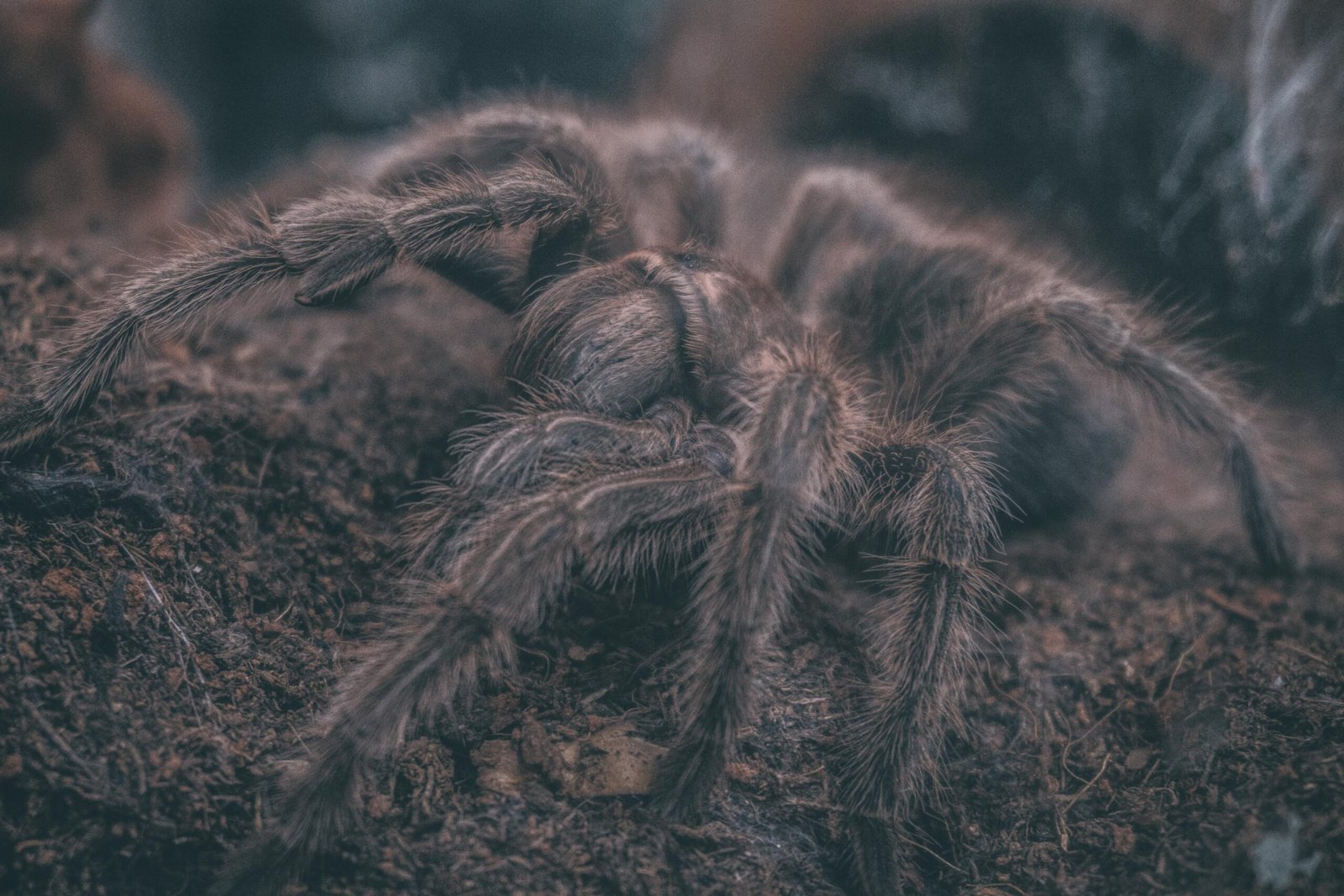So, you’ve recently found yourself the proud caretaker of a clutch of tarantula spiderlings. Congratulations! Now, as these little arachnids grow and develop, you may start wondering when the right time is to separate them from each other. Well, fear not, because in this article we will explore the factors to consider when determining when to separate tarantula spiderlings, ensuring a healthy and stress-free environment for each one of them.
Factors to Consider
Space
One of the primary factors to consider when deciding whether to separate tarantula spiderlings is the available space. As spiderlings grow, they will require more room to move around and explore. Overcrowding can lead to stress and aggression among the spiderlings, which can result in injuries or even death. Therefore, it is crucial to ensure that there is sufficient space to accommodate each spiderling comfortably.
Feeding
Feeding is another important factor to consider when determining the need for separation. Spiderlings have voracious appetites and should be provided with an adequate food supply to promote healthy growth. When multiple spiderlings are housed together, competition for prey can occur, leading to potential problems. Separating spiderlings allows each to have access to their own food source, reducing the risk of fights and ensuring that all individuals receive the necessary nutrition.
Aggression
Tarantula spiderlings can exhibit aggressive behavior, particularly when housed together. This aggression can manifest through territorial disputes, cannibalism, or other forms of aggression towards their siblings. It is crucial to monitor their interactions closely, as prolonged aggression can lead to injuries or even death. Separation can help prevent these aggressive behaviors and maintain the well-being of each individual spiderling.
Molting
Molting is an essential process in a tarantula’s life cycle, during which the spider sheds its exoskeleton to grow. During this vulnerable period, spiderlings are more susceptible to injury and stress. When spiderlings molt, it is recommended to separate them to minimize the risk of injury or cannibalism. By providing each spiderling with their own enclosure, you can ensure that they have a stress-free environment to molt safely.
Size
Size is another crucial factor when determining the need for separation. As tarantulas grow, their size disparities become more apparent. Larger spiderlings may see smaller ones as potential prey, leading to cannibalistic behavior. It is important to separate spiderlings when significant differences in size become evident to prevent such instances. By isolating them into individual containers or enclosures, you can promote their healthy development without the risk of predation.
Methods of Separation
Individual Containers
Separating tarantula spiderlings into individual containers is one of the most common methods of isolation. This method involves providing each spiderling with its own enclosure, complete with suitable substrate, hiding spots, and proper ventilation. Individual containers offer a controlled environment, ensuring that each spiderling has its own space to grow and thrive.
Dividers
In scenarios where space constraints are a concern, dividers can be utilized within a larger enclosure to separate spiderlings. This method allows multiple spiderlings to be housed in one enclosure while still providing each individual with its space. Dividers should be secure and escape-proof to prevent spiderlings from accessing each other’s sections. It is important to regularly check the dividers for any signs of damage or wear to ensure the safety of the spiderlings.
Community Enclosures
For certain non-aggressive tarantula species, keeping spiderlings together in a communal enclosure is an option. However, this method requires careful monitoring and observation to ensure that it is suitable for the particular species. Community enclosures should only be considered once the spiderlings have reached an appropriate size and have demonstrated compatible behavior. Keep in mind that this method is not suitable for all tarantula species and should only be attempted with thorough knowledge and experience.
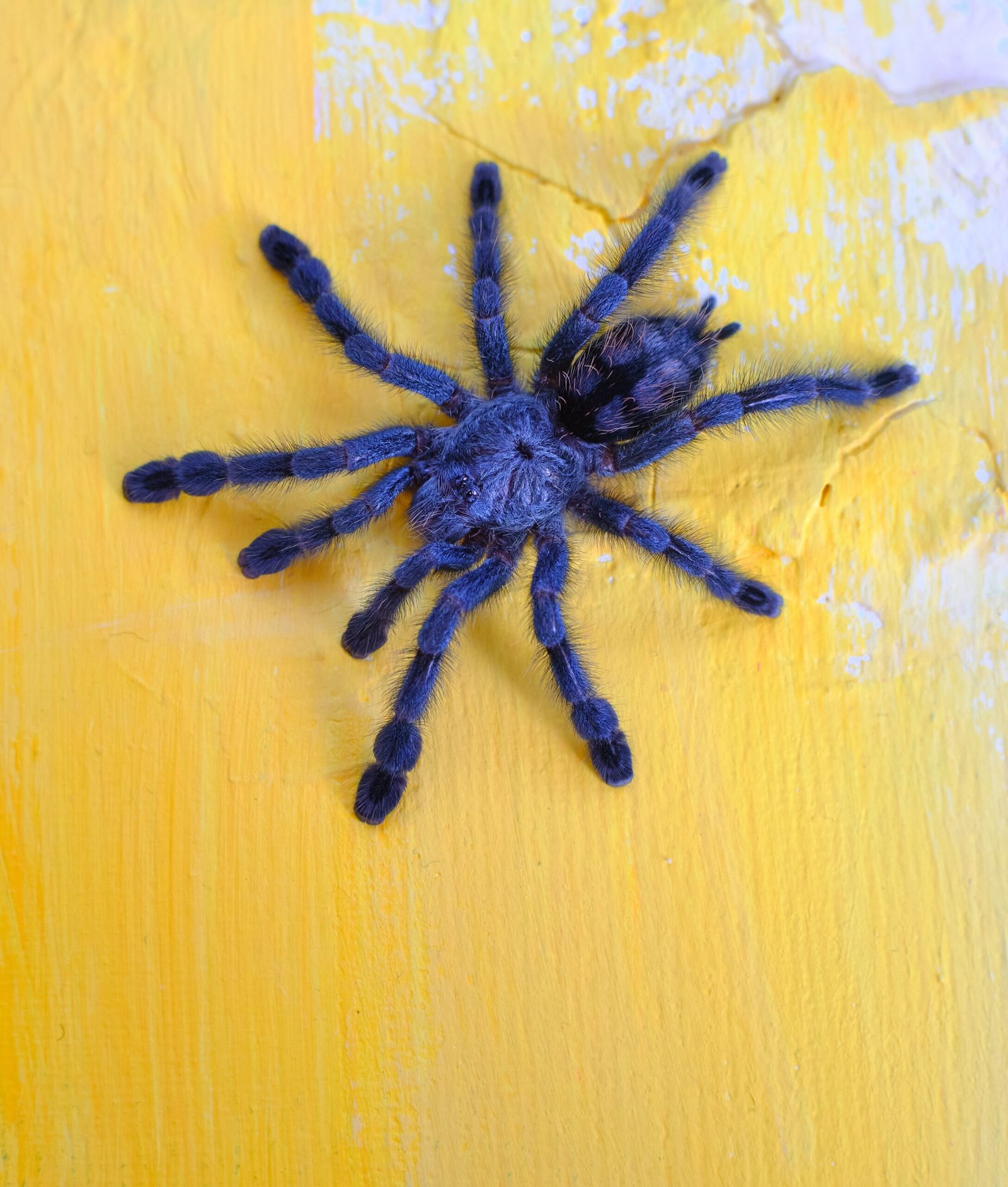
Recommended Age for Separation
After the Second Molting
Typically, it is recommended to separate tarantula spiderlings after they have undergone their second molting. At this stage, their exoskeleton has hardened, making them less vulnerable to injuries during the separation process. Additionally, by this time, the spiderlings have grown large enough for discrepancies in size to become apparent, reducing the chances of cannibalistic behavior.
From 2 to 4 Months Old
Another guideline for separating tarantula spiderlings is based on age. Generally, it is advisable to separate spiderlings between the ages of 2 to 4 months old. At this stage, the spiderlings have had sufficient time to develop and are better equipped to handle the stress of separation. However, it is important to consider other factors such as size and behavior alongside age when making this decision.
Dependent on Species
The appropriate age for separating tarantula spiderlings can vary depending on the species. Some species may require separation at an earlier stage due to their size or aggressive nature. Conversely, other species may be more tolerant of communal living and can be housed together for more extended periods. It is crucial to research the specific needs and behaviors of the tarantula species you are working with to make an informed decision about separation.
Signs of Readiness for Separation
Visible Differences in Size
One clear sign that spiderlings are ready for separation is the presence of visible differences in size among them. As spiderlings grow, some will naturally develop at a faster rate than others, resulting in varying sizes. If there is a noticeable disparity in size, it is an indication that the spiderlings should be separated promptly. This will prevent larger individuals from viewing smaller ones as potential prey.
Aggressive Behavior
Aggressive behavior among spiderlings is another sign that separation is necessary. Aggression can present itself through territorial disputes, excessive fighting, or cannibalistic tendencies. If you observe consistent and aggressive behavior among the spiderlings, it is essential to separate them immediately to ensure their safety and well-being.
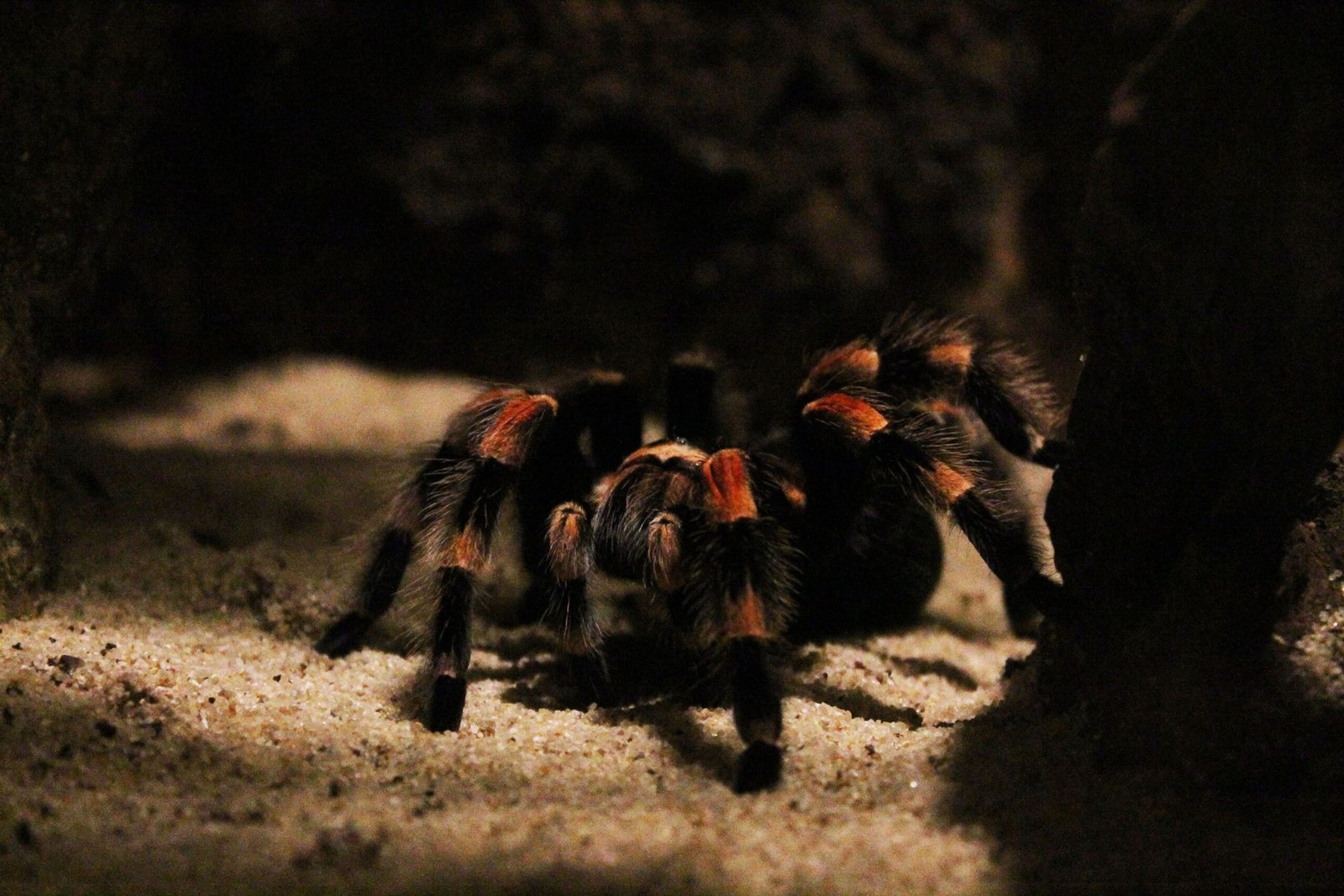
Potential Risks of Delaying Separation
Cannibalism
Perhaps the most significant risk of delaying the separation of tarantula spiderlings is the potential for cannibalism. Tarantulas are known for their cannibalistic tendencies, especially when housed together. Delaying separation increases the likelihood of larger spiderlings preying upon smaller ones, resulting in severe injury or death. To prevent such unfortunate outcomes, it is crucial not to delay separation once signs of aggression or size differences arise.
Stress
Overcrowding and prolonged cohabitation can lead to increased stress levels among tarantula spiderlings. Stress can have adverse effects on their overall health and well-being, impacting their growth and immune system. By separating spiderlings into individual enclosures, you can provide them with a stress-free environment, allowing them to thrive and develop without unnecessary strain.
Injury
When tarantula spiderlings are housed together, the risk of injury is heightened. Aggressive encounters, territorial disputes, and fights for food can all result in serious injuries. Delaying separation increases the likelihood of such injuries occurring and can lead to long-term damage or even death. Separating spiderlings promptly can minimize the risk of injuries and ensure each individual’s safety.
Importance of Research
Species-Specific Information
Researching the specific tarantula species you are working with is of utmost importance. Each species has its unique requirements, behaviors, and compatibility factors. Understanding the specific needs of your tarantulas will help you make informed decisions about separation and ensure their overall well-being.
Knowledge of Behavior
Having a thorough understanding of tarantula behavior is essential when deciding whether to separate spiderlings. This knowledge will help you identify signs of aggression, stress, or readiness for separation. By being familiar with their behavior patterns, you can take appropriate action to ensure their safety and happiness.
Consulting Experts
If you are new to keeping tarantulas or are unsure about when to separate spiderlings, it is always beneficial to consult with experts or experienced tarantula keepers. They can provide valuable insights and advice based on their knowledge and experience, helping you make informed decisions about when and how to separate your spiderlings.
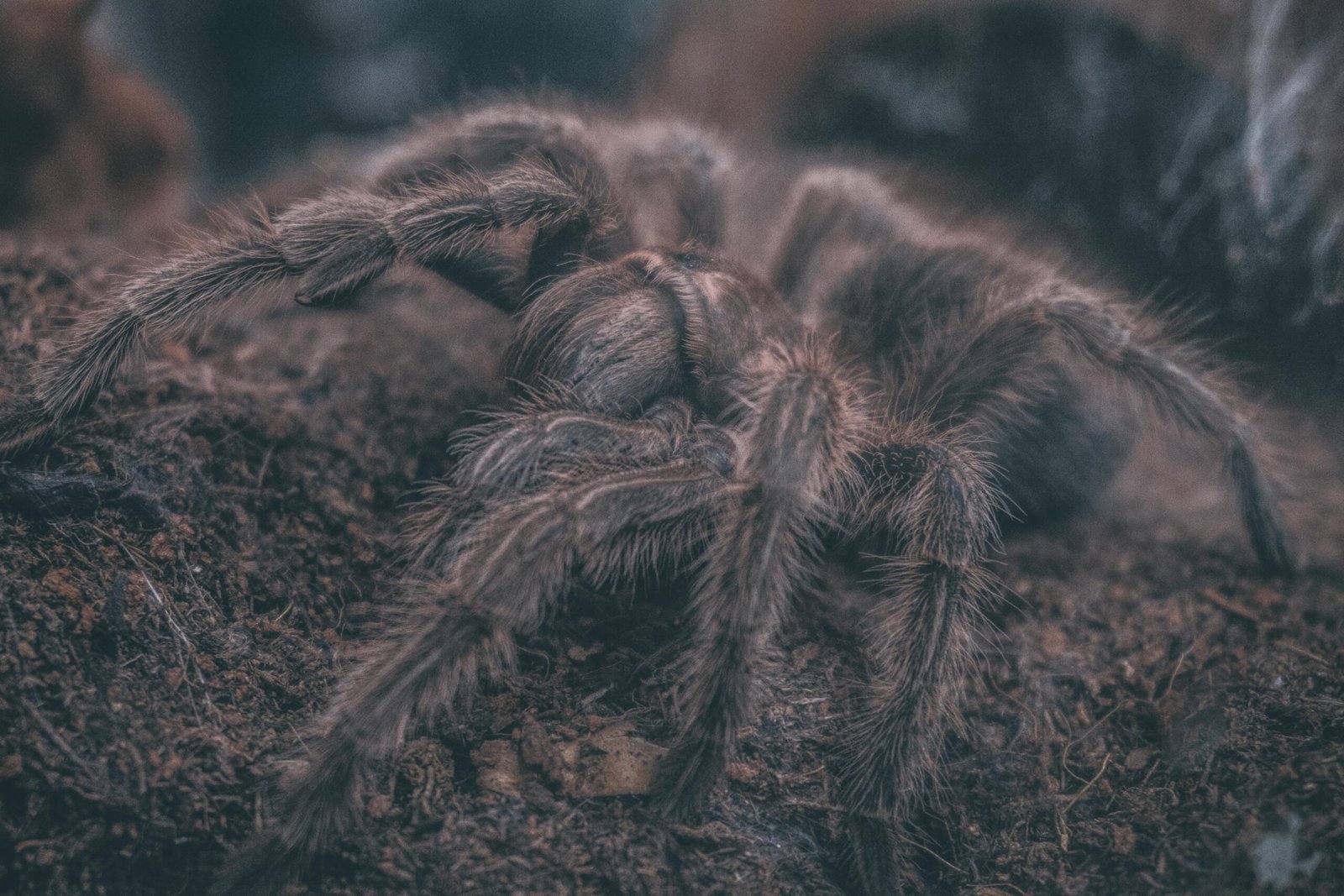
Monitoring and Observations
Watching Interaction
Close monitoring of spiderling interactions is crucial before and after separation. By observing their behaviors, you can identify signs of aggression, stress, or any other issues that may arise. Regularly observe their interactions to ensure their well-being and step in if necessary to prevent harm.
Noting Prey Consumption
Monitoring the prey consumption of each spiderling is essential, especially when housed together. Ensuring that each individual receives adequate food is vital for their growth and development. If one spiderling consistently out-competes others for prey or is not consuming food, it may be an indication that separation is necessary.
Recording Growth Patterns
Keeping a record of each spiderling’s growth patterns can provide valuable insights into their development. By regularly measuring and documenting their growth, you can assess size differences, potential readiness for separation, and overall health. This information can guide your decisions regarding when to separate spiderlings.
Common Mistakes to Avoid
Separating Too Early
One common mistake is separating spiderlings too early. It is important to wait until adequate signs of readiness, such as size differences or aggressive behavior, are present. Separating them too early may create unnecessary stress or interfere with their natural development.
Using Inadequate Containers
Choosing suitable containers for tarantula spiderlings is essential. Inadequate containers can limit their ability to thrive and grow, leading to stress and health issues. Ensure that the containers provide enough space, proper ventilation, and suitable hiding spots. Always select containers that are escape-proof to prevent accidental escapes.
Not Monitoring Behavior
Failing to closely monitor the behavior of spiderlings, both before and after separation, can be detrimental. By regularly observing their interactions, feeding patterns, and growth, you can address any issues that arise promptly. Neglecting to monitor behavior can result in missed signs of aggression or stress, potentially leading to severe consequences.
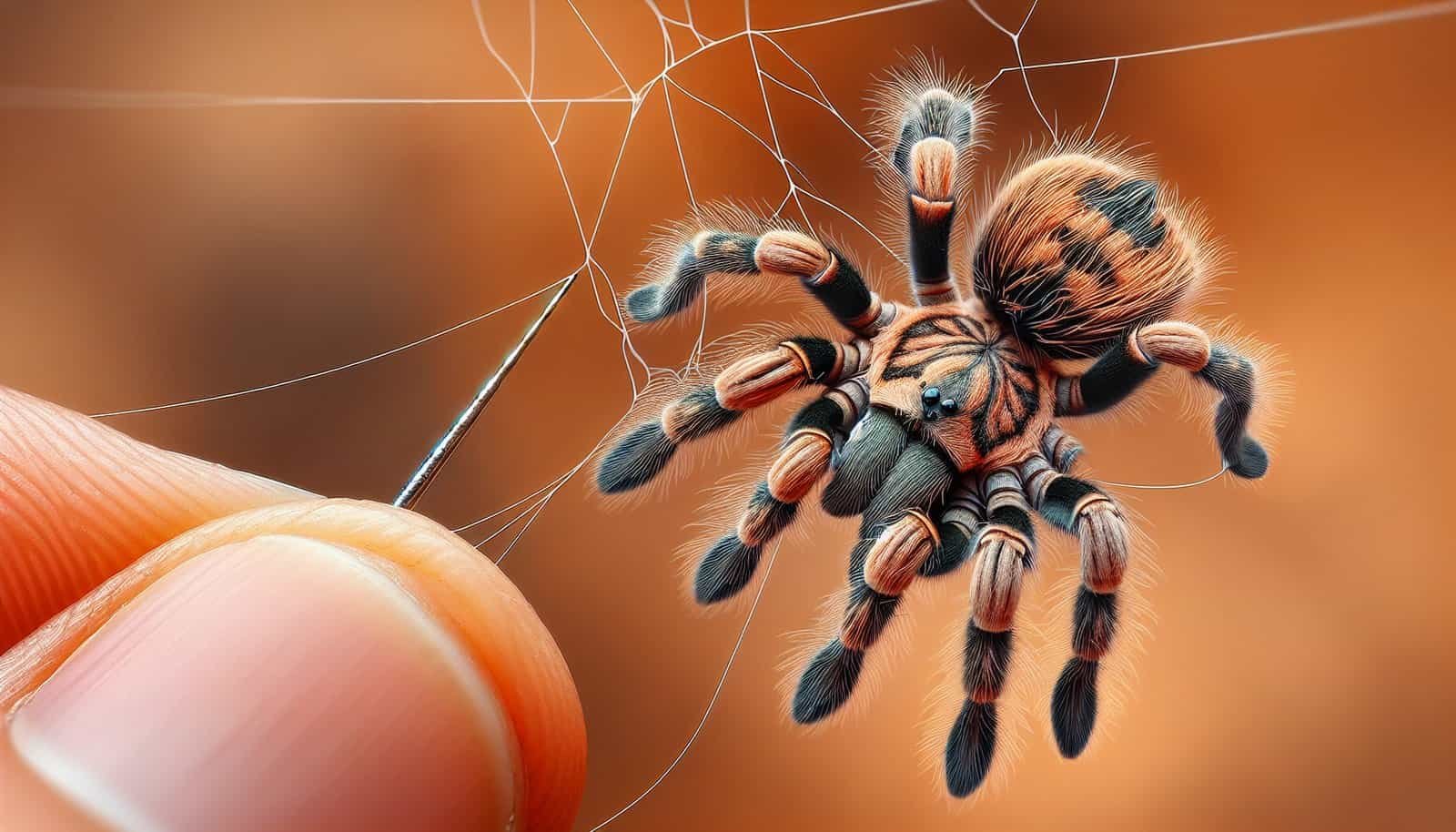
Conclusion
Knowing when to separate tarantula spiderlings is crucial for their well-being and survival. Factors such as space, feeding, aggression, molting, and size must be considered when making this decision. By utilizing methods of separation like individual containers, dividers, or community enclosures, you can provide a suitable environment for each spiderling. It is recommended to separate spiderlings after the second molting or between 2 to 4 months old, considering the species-specific requirements. Understanding signs of readiness, potential risks of delaying separation, and the importance of research will ensure the successful separation of tarantula spiderlings. Regular monitoring and close observation of their behavior, prey consumption, and growth patterns are essential for their overall well-being. Avoiding common mistakes, such as separating too early or using inadequate containers, will help promote the healthy development of each spiderling. Ultimately, through careful consideration and proper care, you can give tarantula spiderlings the best chance at a long and thriving life.
